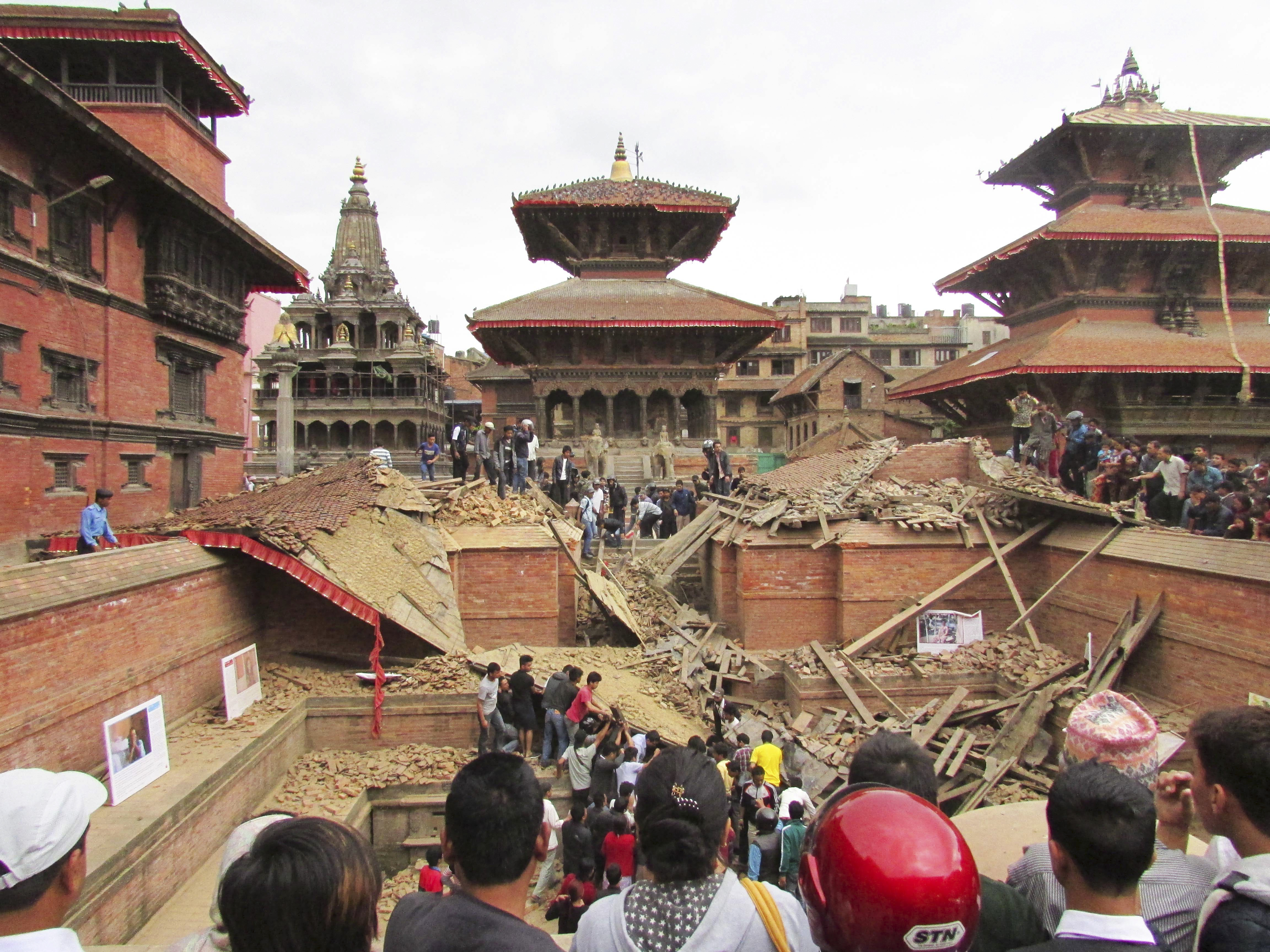New Resource on Recovery and Reconstruction of Cultural Heritage
ICCROM and ICOMOS jointly launch a new publication for free download.
 The joint ICOMOS-ICCROM publication, Analysis of Case Studies in Recovery and Reconstruction brings together the voices and experiences of experts and practitioners working in the field. Published in two volumes, the publication includes 11 case studies addressing issues of post-trauma recovery and reconstruction – from the preservation of vernacular architecture in rural Chile in the aftermath of an earthquake to the reconstruction of a traditional royal complex in Rwanda following continuous systems of conflict.
The joint ICOMOS-ICCROM publication, Analysis of Case Studies in Recovery and Reconstruction brings together the voices and experiences of experts and practitioners working in the field. Published in two volumes, the publication includes 11 case studies addressing issues of post-trauma recovery and reconstruction – from the preservation of vernacular architecture in rural Chile in the aftermath of an earthquake to the reconstruction of a traditional royal complex in Rwanda following continuous systems of conflict.
Managed through a joint Working Group comprising members of both organizations and administered through both the ICOMOS Secretariat and the ICCROM-Sharjah Regional Office, this highly collaborative project has provided a rich opportunity for both organizations to learn from a diverse set of experiences in recovery and reconstruction around the world.
“This collection of case studies is an outcome of such fruitful collaboration between the two organizations. We are convinced that each case study report, which was carefully and rigorously peer reviewed by a team of experts, will stimulate and promote further research and analysis. We look forward to the resonances of this joint work.”-Toshiyuki Kono, Honorary President & Marie-Laure Lavenir, Director General of ICOMOS
“ICOMOS and ICCROM share a longstanding partnership rooted in the common goal of safeguarding heritage for the benefit of societies. Through these case studies, we hope to provide meaningful guidance through examples from around the world. We are proud to present this collection in the hopes that it will continue greater dialogue in the field.”-Webber Ndoro, Director-General of ICCROM & Zaki Aslan, ICCROM-Sharjah Director
While both organizations previously held international workshops and meetings on the subject such as the thematic session of ICCROM’s General Assembly in 2017, as well as an international colloquium held at the Louvre-Lens Museum in 2017, the case studies follow the framework of the ICOMOS Matrix for the Compilation of Case Studies. This valuable tool provides a solid structure for in-depth analysis and a solid basis for the contrast and comparison of diverse experiences. It also highlights cross-cutting issues in post-trauma recovery and reconstruction, including the engagement of the local populations; the need for continuous and ongoing responses; the sustainability of measures and relationships and lasting impacts; and the ownership of outcomes. These issues, as well as additional information about the application of the Matrix, are well-documented in the Report: Analysis of Case Studies in Recovery and Reconstruction.
"Each of these studies has its own character, describes a situation faced by people and organizations, situations of tragedy and loss. They also show how life and culture had to resume somehow, weaving threads and traces into new realities. They are resource lessons for uncertain futures".- Professor Loughlin Kealy, Project Coordinator
This publication is a valuable resource for heritage practitioners and advisory bodies to learn from a rich set of experiences, clarifying issues of recovery and reconstruction and providing insights to improve guidance and best practices in the field.
![]() Download the volume n°1 and volume n°2 of the case studies as well as the report.
Download the volume n°1 and volume n°2 of the case studies as well as the report.
Credits (from top to bottom):
- Kathmandu Valley Preservation Trust, 2015. Description: Authors Martina Haselberger, Rohit Ranjitkar and Gabriela Krist address the reconstruction efforts in Patan Durbar Square in the Kathmandu Valley following extensive destruction caused by a 7.8 magnitude earthquake in 2015.
-DGAM 2018-2019. Description: A case study by Ruba Kasmo and Lina Kutiefan examines the rehabilitation of Suq al-Saqatiyya in the historic commercial zone of Aleppo as a pilot project for the post-war recovery of the Ancient City of Aleppo.
-Norma Garcia. Description: In her case study, Renata Schneider describes the involvement of the local community in the reconstruction of the Temple of Nuestra Señora de la Asunción of Santa María Acapulco in central Mexico. In this photo, Pame women are involved in the intervention of statues damaged by a fire in the temple caused by a lightning strike in 2007.
Voir aussi
![]() Projet ICOMOS-ICCROM : "Analyse d'études de cas sur le rétablissement et la reconstruction"
Projet ICOMOS-ICCROM : "Analyse d'études de cas sur le rétablissement et la reconstruction"


